Changing aspirations
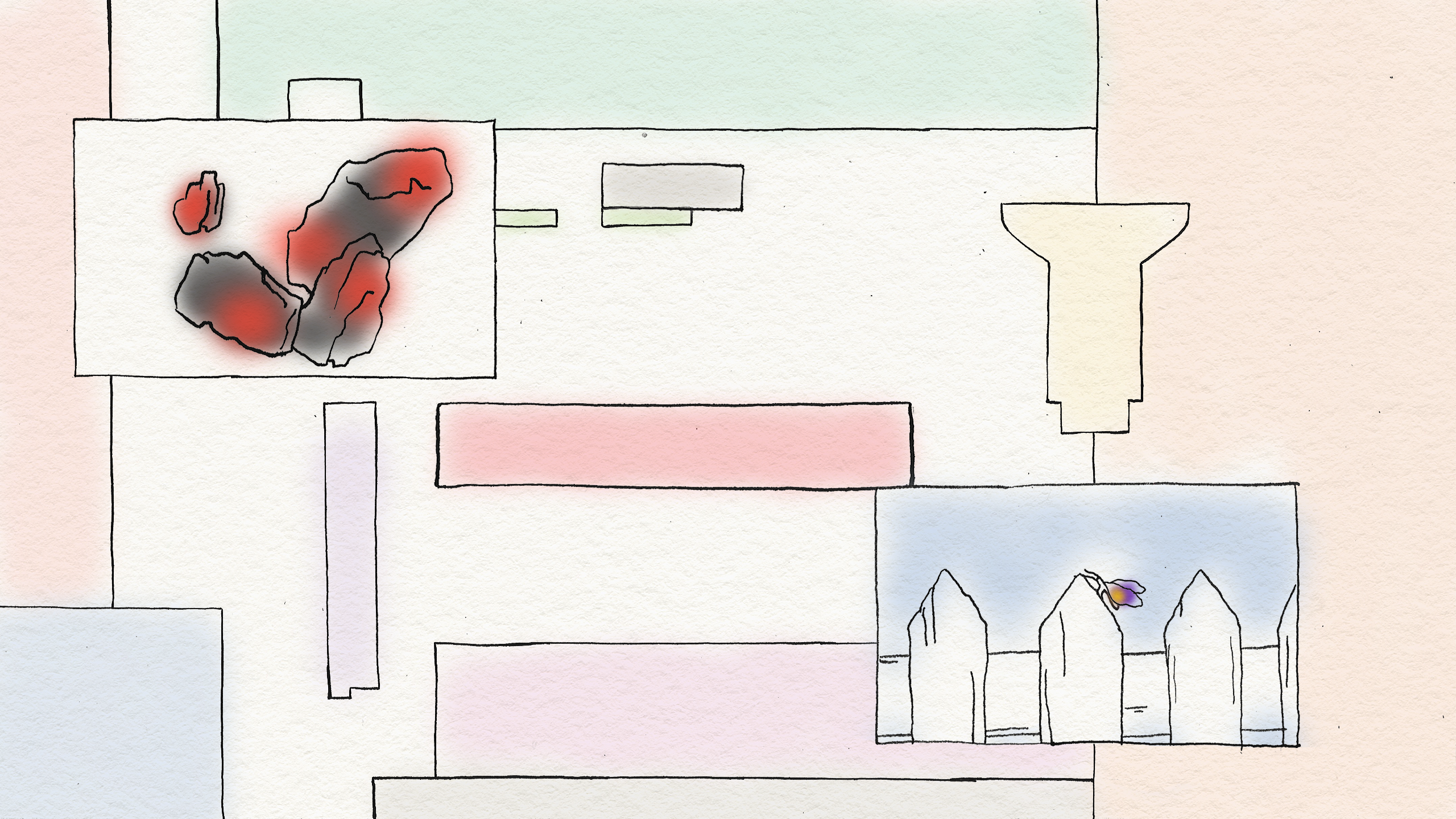
Green legislation, ambitious product innovation, smart circular economy strategies and genuine collaboration between industry stakeholders are what it takes to make resource-efficient, low-carbon construction a reality. But for this change to be sustainable, it needs an extra push – and that’s where we all come in.
Sand continues to pour through humanity’s hourglass. We have only limited time left to address the climate crisis and bring our sustainability deficit under control. Before the hourglass runs out – and we are literally running out of sand, a key ingredient in concrete – the construction industry needs to step up and bring emissions down.
The construction industry is responsible for more than a third of all greenhouse gas emissions generated globally, and it consumes around 50% of all natural resources. The world is going urban, and this trend is driving ever growing levels of new development. More than half of the world’s 7.8 billion population already live in cities. But the problems surrounding our built environment are not confined to distant mega cities alone. Each and every one of us has a stake in this matter, here and now: we live in, look after and pass on to the next generation our homes, summer cottages and other properties. We all clearly have a role to play, and what we urgently need now is a shift towards a low-carbon, resource-efficient built environment.
Do we always need to start from scratch?
Much of the debate around resource-efficient construction is often focused on energy-efficiency. In the Nordic countries, the energy performance of buildings, measured during active use, has improved significantly thanks to better insulation and modern electricity, heating and plumbing systems. Renewable energy, both solar and wind, is becoming increasingly widespread, and coal is now set to be phased out of the energy mix. All these developments will help to reduce the relative carbon emissions generated by building use.
If we turn our attention to the whole life cycle of buildings and the emissions generated during that time period instead, things suddenly look rather different. The production, transportation, installation and dismantling of construction materials are all associated with significant carbon emissions and finding ways to tackle these remains a huge challenge for the construction industry.
But let’s take a step back. Did we just make the classic mistake of focusing on the problems associated with new development without first considering what the alternatives might be?
“It’s definitely a good idea to always consider whether new construction is actually needed,” says Aalto University Professor Matti Kuittinen, who specialises in resource-efficient construction. “Take Finland for example, where we have large numbers of under-occupied and under-utilised properties that we could tap into. Some might even lend themselves to being used on a sort of rota basis. We really need to take a close look at our existing building stock to see whether there’s scope for renovating what’s already there. And if that’s not an option, then it makes sense to look at new development.
“We’re not expecting any significant population growth in this country any time soon, so we really need to make better use of what already exists. It’s also important that we develop a greater tolerance for the kind of aesthetically boring design that characterises a lot of the development that took place in the Sixties, Seventies and Eighties,” Kuittinen points out. In other words, we need to radically reduce the volume of new development. And yet, this vision is in stark contrast with the current on-the-ground reality in Finland, where new construction continues to be viewed as an important engine of economic growth. Is such a huge shift in attitudes achievable?
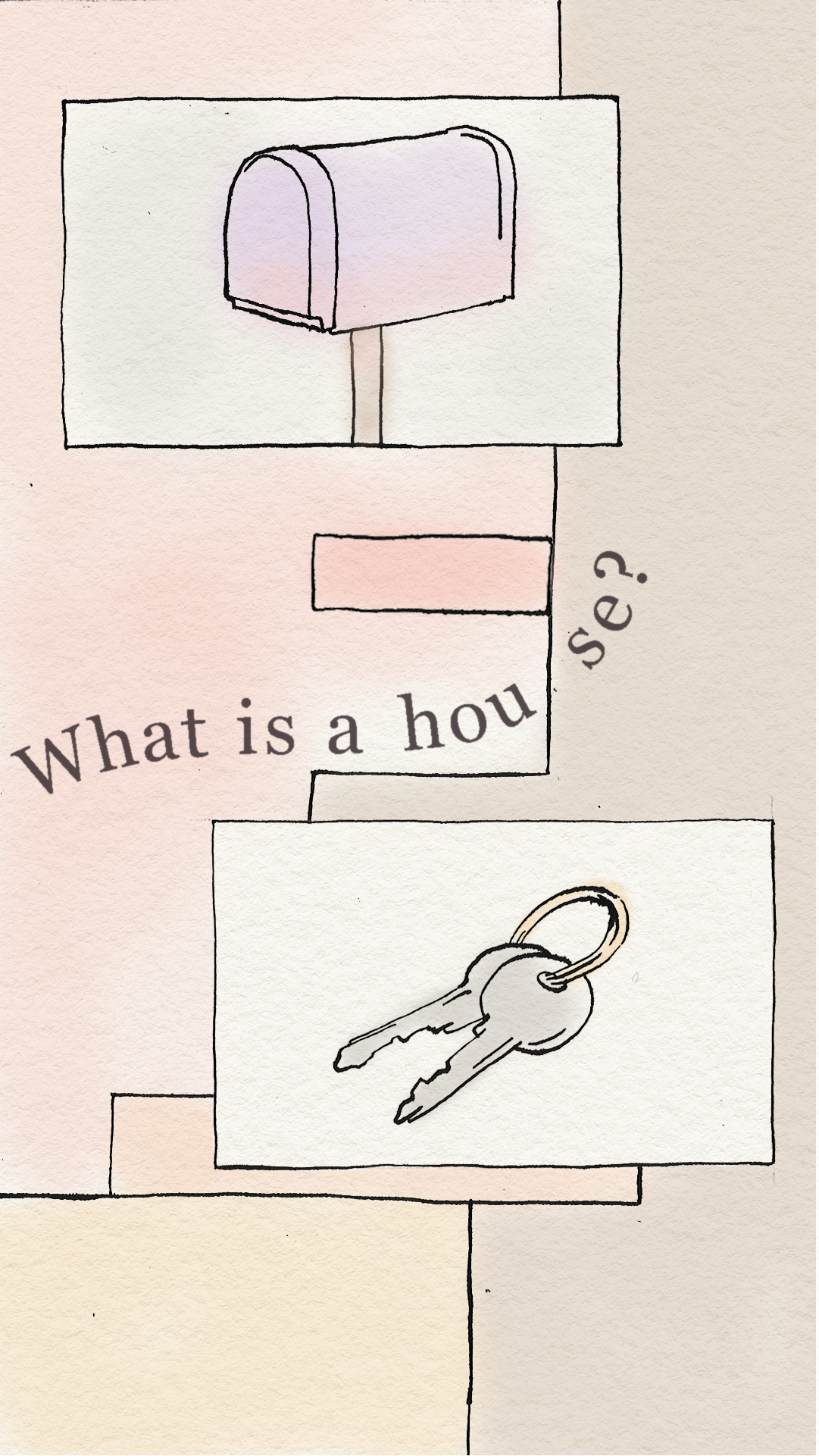
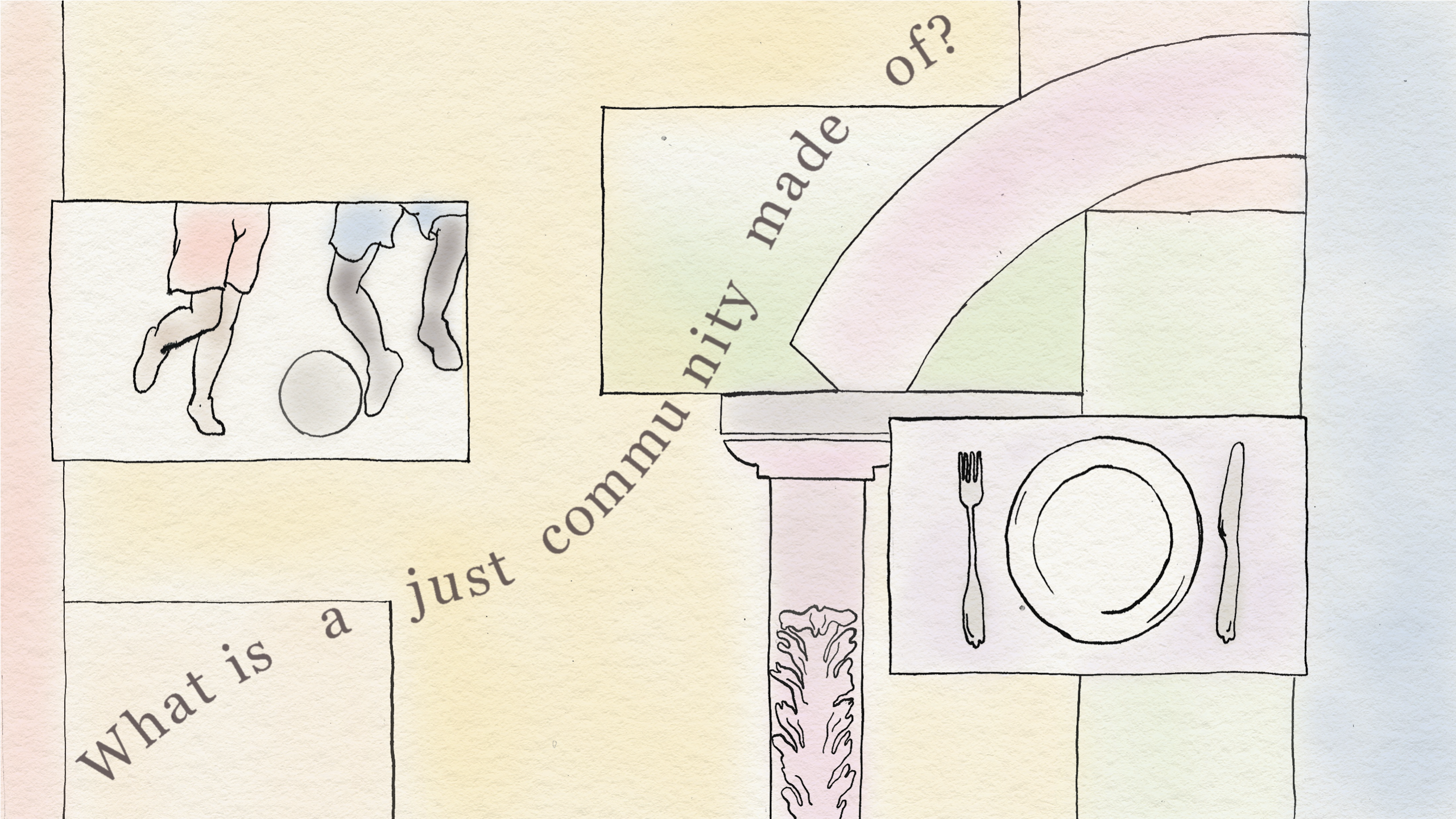
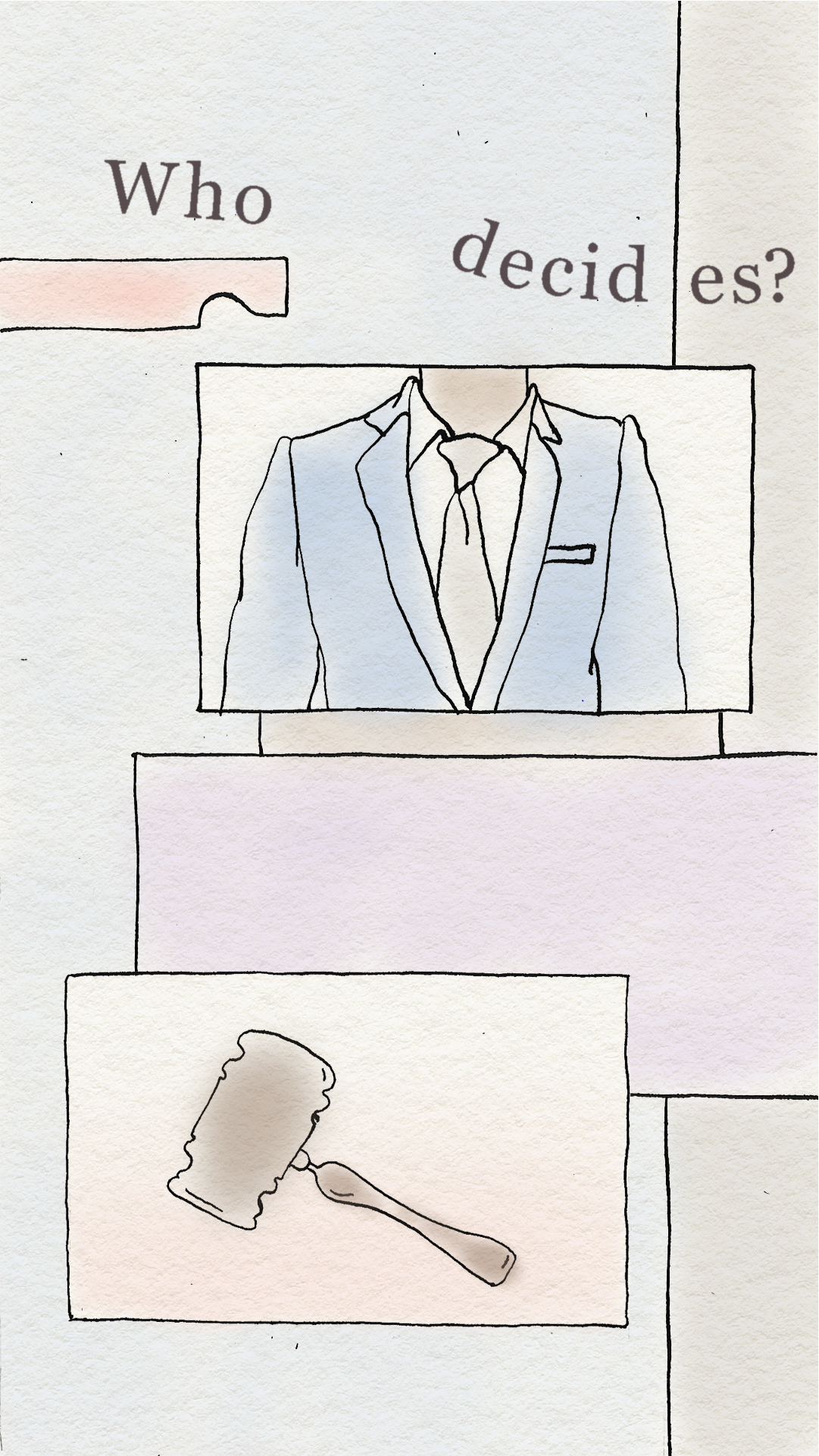
First concept, then design
The future is now, as the saying goes. It applies particularly well to the construction sector. When and if new housing is being envisaged, the important first step would be to consider how the development will facilitate a new circular economy-aligned lifestyle for its future residents. How will we live, travel and work in the future? The built environment can play a powerful role in steering people’s behaviour in a more sustainable (or unsustainable!) direction. And in that sense, architects, developers and local elected representatives wield immense power.
According to Matti Kuittinen, there are three things to consider when it comes to resource-efficient construction. First, you need to think about the concept that underpins any development. “Say you’ve got your sights set on a new residential neighbourhood. It might be smarter to opt for high-rise, high-density development as it’s less resource intensive than detached housing. Or you could perhaps convert an existing commercial building into some loft-style apartments or create a cluster of townhouses. It’s the concept that ultimately determines the carbon footprint, before you even hit the drawing board,” Kuittinen says.
The next aspect to consider is volume: could we achieve the same level of benefit and wellbeing with less space and fewer square meters? Could we create buildings that are smaller than what we’re perhaps used to but more beautiful and more flexible, more in line with what we actually need? These questions need to be addressed first before we can turn our focus to other important issues like energy and material efficiency. “We’re due a really big leap forward in product development,” Kuittinen explains. “We need much closer collaboration between researchers, product developers and marketing professionals if we’re serious about delivering innovation on materials and energy solutions.”
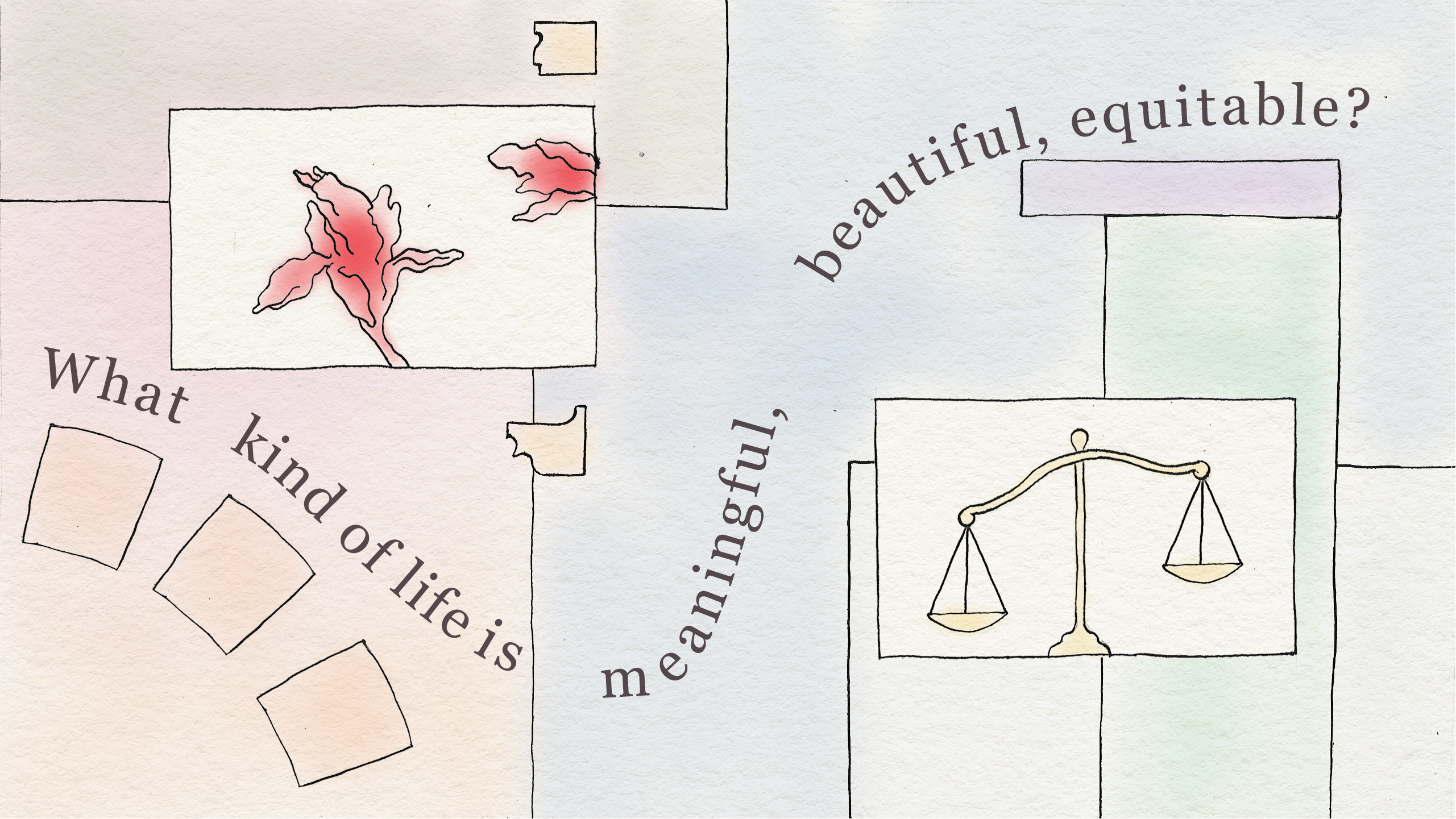
Sustainable construction on the agenda
Delivering industry-wide structural reforms is never straightforward, but the fact that we now find ourselves in a race against time makes things even more challenging. Matti Kuittinen, however, says there are positive signals emanating from the sector. “In Finland, the big developers have recently announced that they’re committed to a ‘green revolution’ of their own, which will mean a new, value-driven way of doing things. They’ve said that they’re looking at new solutions that will exceed the current regulatory requirements,” he says. Sustainable construction, in other words, is now being discussed at the highest levels. A tangible example of this is Kera, a new, large-scale residential development in Espoo, that will see landowners and planners working closely together to ensure that the circular development model informs every aspect of the design.
Matti Kuittinen emphasises that the fastest way to make change is through economic incentives. “Responsible investment is on the rise, and investors now have green construction in their sights. That means big money.” The European Union is doing its part to support the transition to green finance by creating a new sustainability taxonomy. The purpose of the taxonomy is to establish a reliable, EU-wide classification system that will help direct the flow of capital towards sustainable initiatives. Kuittinen says that Finland is extremely well placed to attract green investment and lead the way in this area, especially as it is the first EU member state to have announced plans to become carbon neutral by 2035 and carbon negative in the 2040s.
But as our recent history has shown, financial markets are nothing if not unpredictable. The only certainty is uncertainty, and more surprises will be heading our way. “If the bleakest forecasts are accurate, we’ve missed our chance to stop the Greenland ice sheet from melting,” Kuittinen says. “Global water levels are then set to rise, slowly but surely, by around six metres. This means dynamic change for our shoreline too. So the question is, are we going to build our cities, our streets and our ports where the current shoreline is for a decade or so and then pull them back as the water encroaches? Or do we build floating structures? What does this mean for the construction sector? And property investment? And the entire global economic system?”

We can all drive the change we want to see
This vision of mobile cities adapting to the rising waters around us is a stark one and prompts the question of what we can do to speed up sustainability. Our elected representatives can accelerate the pace of change by passing resource-efficient, low-carbon legislation, while the private sector can achieve progress through innovation and product development. Collectively, industry stakeholders can join forces to identify new circular economy solutions and seek new opportunities for industry-wide collaboration. But Matti Kuittinen says much greater momentum is needed.
What role might ordinary people, like you and I, play in all of this? “Ultimately, it’s pretty simple: our expectations and aspirations for our housing need to be higher and more sustainable. When the end users’ values and priorities change, industry and politicians will respond. The markets are agile and well placed to meet demand. We’ve seen this with the food industry in Finland already. They’ve made an astonishingly rapid shift towards a more plant-based product offering.”
“The trouble with the built environment is that people aren’t currently being offered housing that’s both attractive but also slightly ‘out-there’ and visionary. The professionals need to join forces with the end users to come up with new ideas and solutions. We need an alternative but realistic blueprint for future housing that’s better and more sustainable than what we currently have,” Kuittinen argues.
The transition must be fair as, while we all stand to benefit, there will inevitably be some sacrifices too. The New European Bauhaus project launched by the European Commission is currently exploring this very issue. Aalto University is actively involved in the initiative and the only higher education establishment and Nordic partner taking part. The purpose of the project is to challenge every one of us to get involved in building more sustainable and inclusive new places to live.
A new and brighter future is an attractive prospect. But how can we make sure that our approach is not limited to a narrow, western-centric angle? “We need to move away from this mindset that what we’re doing is just for humans. Up to 90% of species loss is currently driven by resource extraction. That is why developing a new and biocentric way of seeing the world matters, particularly when it comes to the built environment. In Europe, we’ve already understood that our vision for our housing future and for our wellbeing cannot come at the expense of people in developing countries. What we need to do now is to expand that awareness to encompass other species and living systems too,” Kuittinen says.
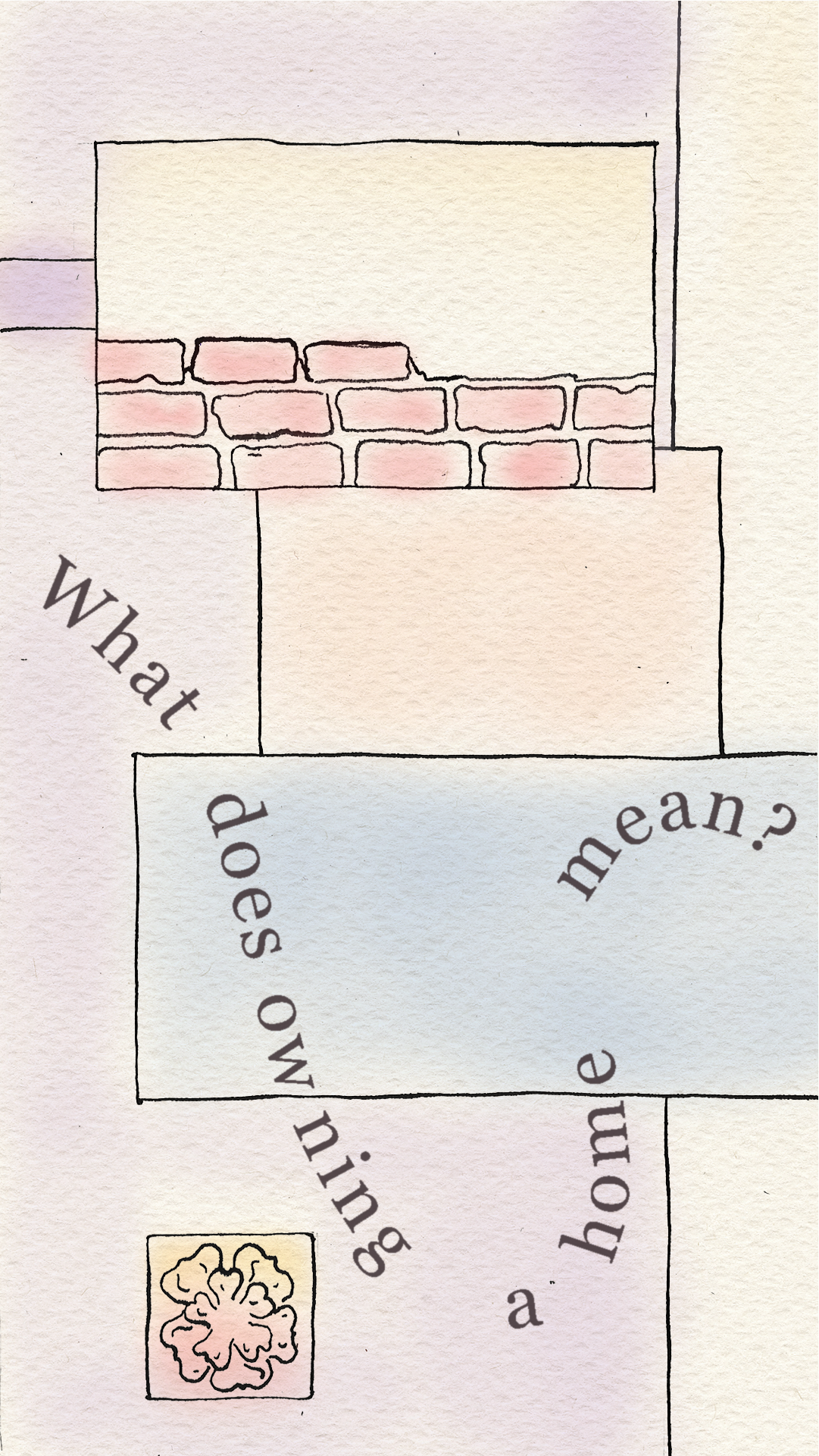
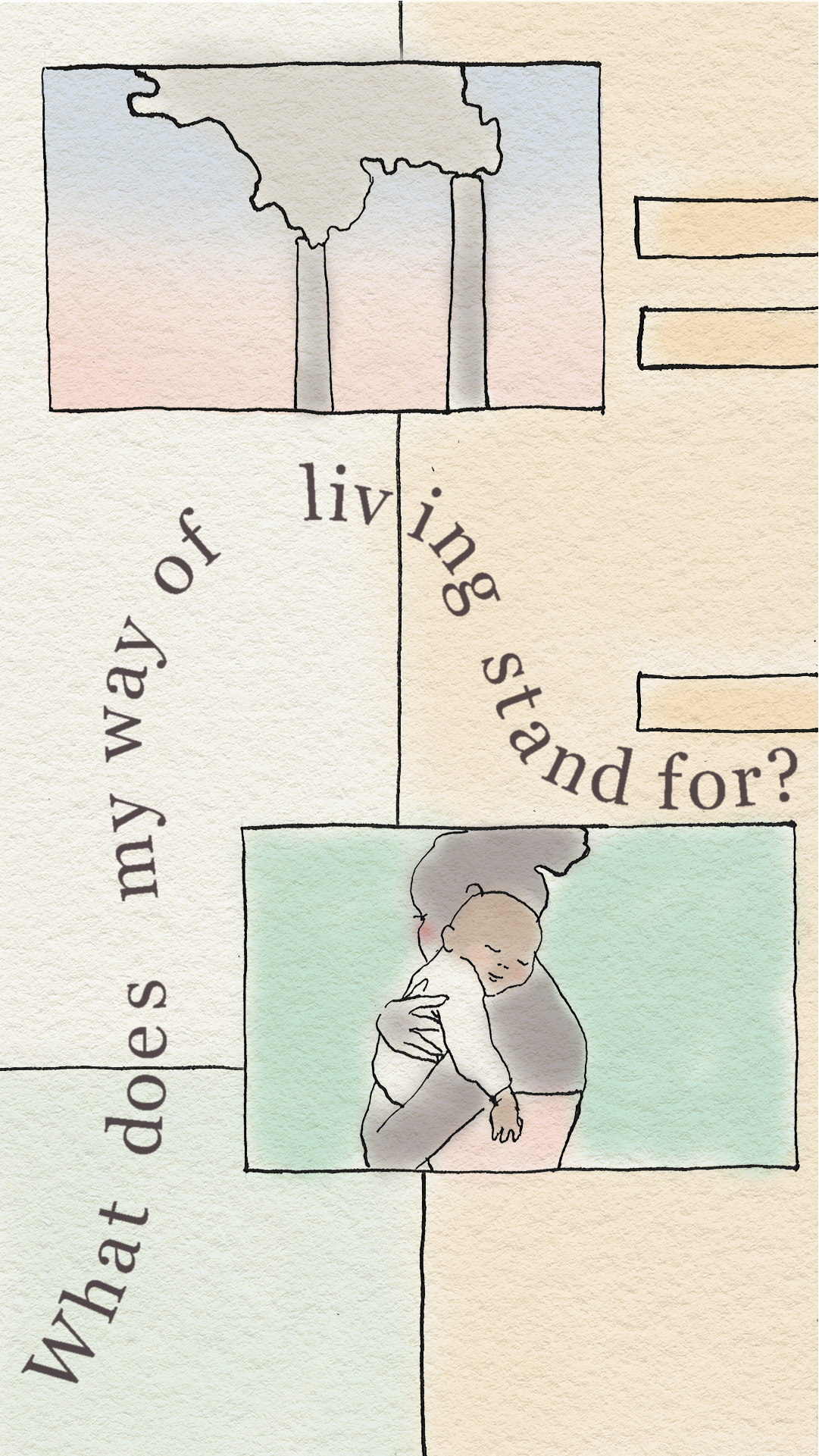
Not a technical exercise but a human endeavour
“Resource-efficient, low-carbon construction” can sound like meaningless jargon, something that only politicians and industry professionals have any influence over. That is why today is a great day for stopping and realising that we all play an important role in creating a more sustainable built environment. Because the phrase doesn’t just describe the way buildings are designed and constructed. It’s about our homes, and how we choose to live. And we all make our unique contribution to that collective heritage every day. You could start by exploring some of the norms that shape how we live: how much space we actually need, and what we find beautiful. Set your mind free, let your imagination run wild.
Some more things to consider: what would our lives look like if all our buildings were carbon sinks and capable of generating enough energy to power themselves? What if they could produce food for their residents? How could they respond flexibly to your changing circumstances over time, promote a sense of community and support that community’s health and wellbeing? Could we rewild the land surrounding residential property to gain back some of the nature we’ve lost over time? And here’s one more: what would you be willing to give up in exchange for some or all of the above?
Matti Kuittinen
Matti Kuittinen is Adjunct Professor of Resource-efficient Construction at Aalto University’s Department of Architecture.
Are you working with constructed environments? Are you a designer, architect, engineer or material manufacturer, construction company representative, or policy maker responsible for project planning and construction-related decisions? Visit this open online training material that promotes low-carbon construction, created by Aalto and Yale Universities.
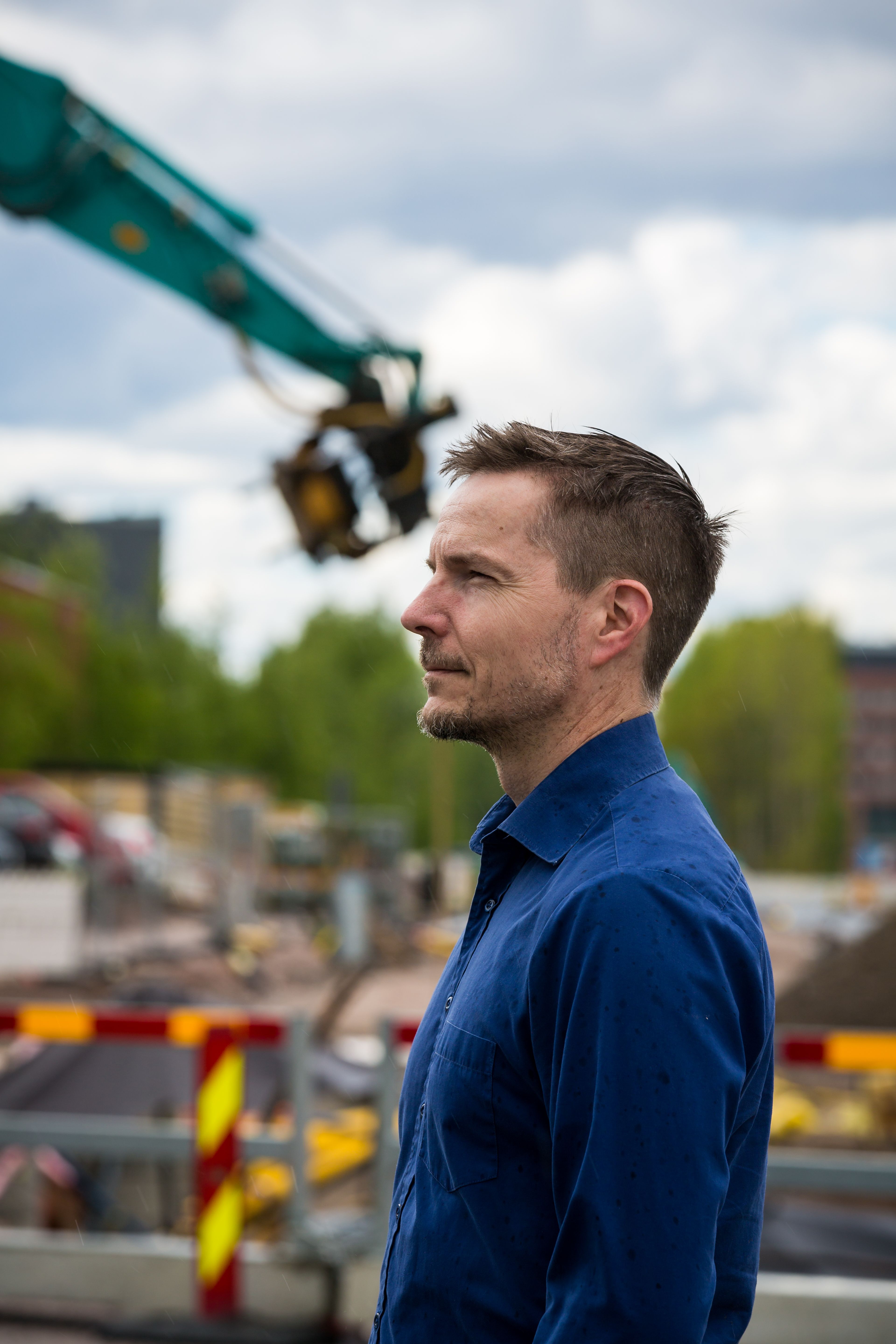
Photo: Veera Konsti, Aalto University
Photo: Veera Konsti, Aalto University

